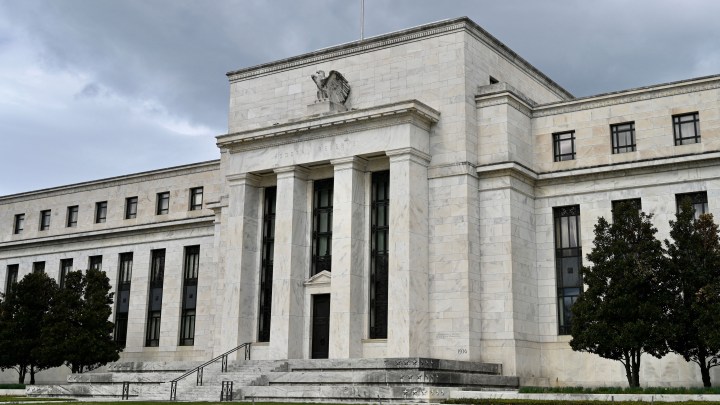
The Fed will sell some of the bonds it’s been buying in an effort to cool the economy
The Fed will sell some of the bonds it’s been buying in an effort to cool the economy

We got a regular peek behind the curtain at the Federal Reserve on Wednesday when the central bank released the minutes from its most recent meeting in March.
That’s when the Fed raised interest rates by a quarter of a percentage point in an effort to cool down the economy. The minutes don’t leave any doubt that there will be more rate increases this year; they report that “many” participants in the meeting thought rate increases of half a percentage point would be necessary later this year.
But raising interest rates is only one tool in the Fed’s arsenal. It can also raise and lower the temperature of the economy by buying and selling bonds, some issued by the Treasury, others backed by mortgages.
The central bank has purchased over $4.5 trillion worth of those assets since the pandemic tanked the economy in March of 2020. According to the minutes, the Fed will start getting rid of those bonds to the tune of $95 billion a month.
The Fed isn’t just an arbiter of interest rates or a banking regulator, it’s also kind of a bank itself.
“One way to think of it is it has a balance sheet, with assets on one side and liabilities on another,” said Tim Duy, an economics professor at the University of Oregon.
Ever since the financial crisis in 2008, Duy said the Fed’s been filling up its balance sheet with trillions of dollars’ worth of government bonds and mortgage-backed securities “as a mechanism by which it hoped to stimulate more economic activity.”
That’s because when the Fed buys government bonds, it reduces the supply of them on the market.
“And so by pulling those assets off the market, financial markets have to find other assets, and thereby push up the values of those assets,” Duy said.
At the same time, when the Fed buys bonds, it also increases demand for them by definition. That can also stimulate the economy, said Winnie Cisar, global head of strategy for CreditSights.
“So if you have more demand, then that means that prices are going to be higher, and yields are going to be lower, and that lowers interest rates.”
Lower interest rates and lots of liquidity in the economy are great when the Fed’s trying to spur a recovery. But now the economy is overheating.
So last month, the Fed stopped buying bonds. As a result, “it means there is one fewer very large buyer. Which means that other investors are going to have to step in and absorb whatever supply is available,” Cisar said.
Reduced demand and increased supply mean lower bond prices. And that, in turn, means higher interest rates, according to Guy LeBas, chief fixed-income strategist at Janney Montgomery Scott.
“They’re causing — intentionally causing — financial conditions to get less good, get worse,” he said.
In other words, the Fed is making it a little harder for consumers and businesses to spend, turning down the temperature of the economy with the hope of reining in inflation and loosening the tight labor market.
There’s a lot happening in the world. Through it all, Marketplace is here for you.
You rely on Marketplace to break down the world’s events and tell you how it affects you in a fact-based, approachable way. We rely on your financial support to keep making that possible.
Your donation today powers the independent journalism that you rely on. For just $5/month, you can help sustain Marketplace so we can keep reporting on the things that matter to you.

















